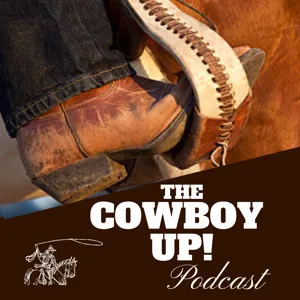E25S4 America’s Signature Dishes: Tasty Culinary Treasures

America’s signature dishes can be found coast to coast. Crab Louie. French-fried onions. Pecan pie. You can practically taste them. Maybe you’ve even made them. But what most of us don’t know is the history behind these epicurean delights. Culinary historian Sherry Monahan decided to investigate signature recipes, from breakfast and breads, to soups and salads, to sides and main dishes, and desserts, particularly those served at hotels and restaurants. Where did they come from? Why do they remain so popular? She answers these questions in her new book “Signature Dishes of America: Recipes and Culinary Treasures from Historic Hotels and Restaurants.” She joins the podcast to give us the inside scoop on how some of our country’s most famed dishes originated.


